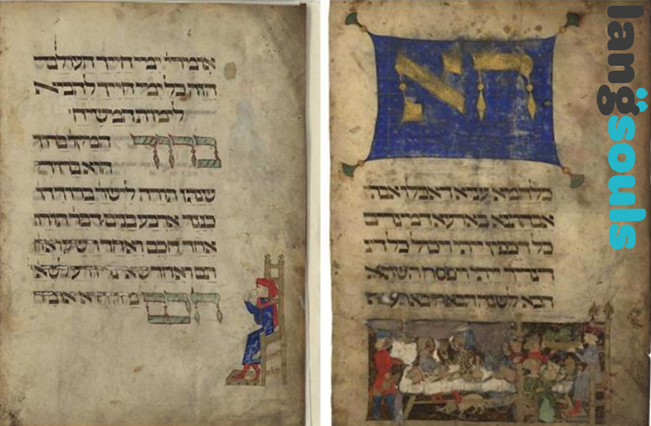Introduction: This is the sixth installment in a series of posts, which will examine the distinctive aspects of the top 50 commercial languages, meaning the most popular languages being translated today, most typically from English into the target language. This post will focus on one dark aspect of the Russian language and that is the Soviet era Russification program.
The Soviet Russification program was a policy implemented by the Soviet government during the 20th century with the primary goal of consolidating its control over the diverse ethnic groups within the Soviet Republics. The program aimed to promote Russian culture, language, and identity while suppressing the local languages and cultures of the non-Russian ethnic groups. While the Soviet Union officially dissolved in 1991, the consequences of the Russification program still resonate in the post-Soviet era, leaving a legacy of violence and lasting impacts on the affected regions.
Historical Context of Russification
The policy of Russification gained momentum in the 1920s, following the consolidation of the Soviet Union. Under the leadership of Joseph Stalin, the government sought to create a unified Soviet identity to foster loyalty to the regime and suppress potential dissent. To achieve this, the local languages and cultures of the Soviet Republics were discouraged or outright banned, and the Russian language was imposed as the lingua franca across the entire union.
Lingering Impact of Russification
- Loss of Cultural Identity: The Russification program systematically suppressed the distinct languages, customs, and traditions of non-Russian ethnic groups. As a result, many indigenous cultures faced a severe decline, leading to the loss of unique identities and ways of life that had been sustained for centuries.
- Ethnic Tensions and Conflict: The imposition of Russian culture and language ignited tensions among ethnic groups within the Soviet Republics. Non-Russian minorities often felt marginalized and oppressed, leading to conflicts with the dominant Russian population and even among different non-Russian groups.
- Struggle for Independence: The Soviet Republics’ Russification also fueled independence movements, as various ethnic groups sought to reclaim their cultural heritage and national identity. These movements ultimately contributed to the dissolution of the Soviet Union in 1991.
Violence and Suppression
The implementation of the Russification policy involved coercive and violent measures to impose Russian culture and suppress local identities. Dissenters who resisted Russification were met with harsh consequences, including imprisonment, exile, or even execution. The government censored literature, media, and education materials in local languages, effectively erasing their presence from public life.
Language and War
Language played a significant role in the process of Russification, as it was used as a tool to assimilate non-Russian communities into the Soviet fold. By promoting Russian as the primary language of education, administration, and communication, the government sought to foster a sense of unity among the diverse Soviet Republics. However, this policy often backfired, fueling ethnic tensions and leading to a greater divide between Russians and non-Russians.
Impact on Russian Language
While the Russification program aimed to elevate the status of the Russian language, it inadvertently brought negative consequences for the Russian language itself. With the focus on Russian, other indigenous languages were suppressed and faced a significant decline. As a result, the proficiency of Russian speakers in other languages waned, leading to linguistic homogenization and a loss of multilingualism across the Soviet Union.
The Soviet Russification program left deep scars on the Soviet Republics, with its effects still being felt today. The suppression of local languages and cultures resulted in a loss of cultural identity for many ethnic groups and fueled conflicts and independence movements. The violence and coercion employed during the implementation of this policy cast a dark shadow over the Soviet legacy. The repercussions of Russification highlight the importance of respecting and celebrating cultural diversity and linguistic pluralism in any society to prevent the kind of violence and division seen during the Soviet era.





